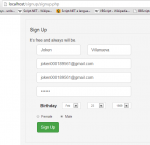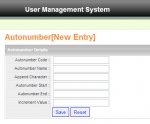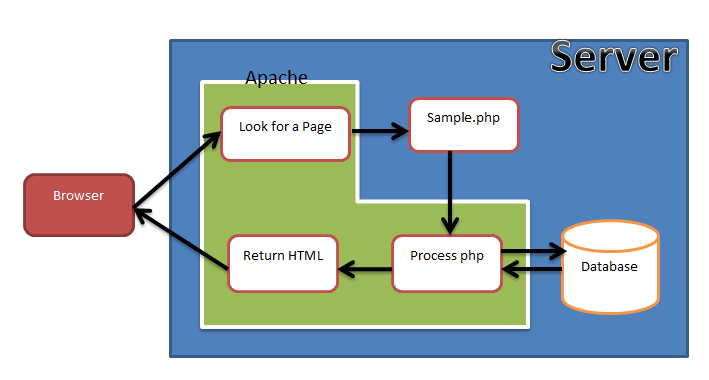Validating and Saving a New Member
In this tutorial, I'm going to show how to validate the user inputs using Javascript and saving the data into MySQL Database using simple PHP.
- Read more about Validating and Saving a New Member
- Log in or register to post comments
- 129 views










 This has actually happened when you ask for the URL (Uniform Resource Locator) in your browser before you get back your HTML return back to you. So we have our browser and the web server and its called apache.
This has actually happened when you ask for the URL (Uniform Resource Locator) in your browser before you get back your HTML return back to you. So we have our browser and the web server and its called apache.